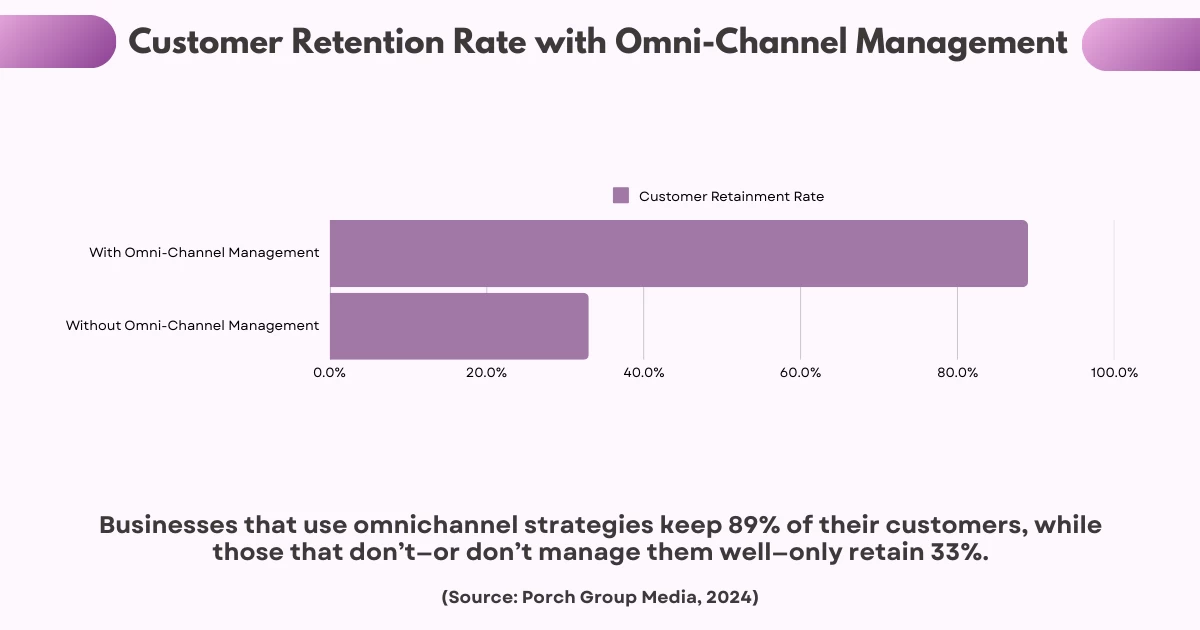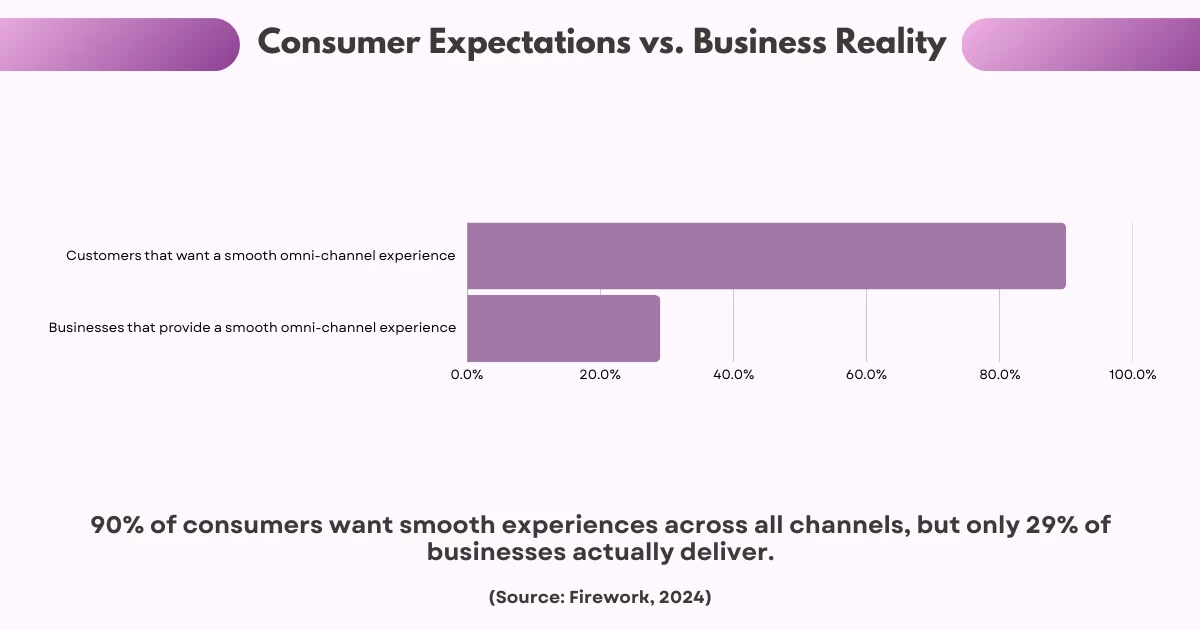Digital Marketing
Challenges of Omni-Channel Media Management and How to Overcome Them
Are you struggling to manage your brand's presence across multiple platforms?
It’s tough to keep up with the constant flow of interactions on social media, email, websites, and even in-person communication. Each channel requires its own attention, which can quickly feel overwhelming. Whether it’s integrating the right technology or maintaining consistent messaging, these challenges can stand in the way of delivering the top-tier customer experience you aim for.
For businesses today, omni-channel marketing is essential. However, managing multiple channels can be tricky, and it’s enough to make some business owners shy away from it altogether. But with the right strategy and tools, you can overcome these hurdles and offer customers a seamless experience across every touchpoint.
In this article, we’ll look at common challenges in omni-channel media management and share practical solutions to help you tackle them head-on.
Common Challenges in Omni-Channel Media Management
Managing multiple channels can be a complex task, especially when data and customer interactions are spread across multiple different platforms. Here are some of the common challenges businesses face in omni-channel media management and how they impact overall performance.
1. Data Fragmentation and Silos
Data fragmentation is a significant challenge for many businesses, with customer information scattered across systems like social media platforms, CRM tools, and email marketing automation platform. This dispersed data makes it difficult to understand customer behavior fully.
Without smooth integration, businesses miss out on valuable insights, leading to inconsistent customer experiences. To stay competitive, integrating data through omni-channel solutions is essential for a more cohesive, customer-centric strategy.

2. Channel Overload
As businesses expand their digital presence, managing multiple platforms can become overwhelming. Managing social media accounts, websites, email newsletters, and online ads can exhaust your marketing team, making it challenging to maintain consistency and provide each channel with the necessary attention.
3. Keeping Teams Aligned with Updated Data
When teams rely on outdated or inconsistent data, things get messy. Miscommunication and inefficiencies pile up, making it harder to stay aligned. For example, marketing, sales, and customer service may have different views of the same customer, leading to a disconnected experience. This frustrates both employees and customers, who expect smooth interactions.

4. Connecting Online and Offline Data
Integrating online and offline data is a key challenge in today’s multi-touchpoint world. From in-store purchases to social media interactions and website activity, businesses must connect all touchpoints to fully understand the customer journey. Without seamless integration, experiences can feel disjointed, frustrating customers and potentially harming your brand’s reputation.
Solutions for Overcoming Challenges and Ensuring Consistency
To overcome the challenges of omni-channel media management and ensure consistency, businesses can implement a variety of solutions. These strategies help streamline processes, integrate data, and maintain a unified customer experience across all channels.
- Centralized Media Management Platforms: Bring all your channel data into one place. This will help you break down data silos and keep your teams updated with consistent, real-time information. It’s also easier if you begin streamlining your content creation campaigns and customer tracking.
- Automated Processes: Automate tasks like content publishing, reporting, and customer interactions to maintain consistency and efficiency. Real-time updates and workflows will keep everything running smoothly, allowing teams to focus on strategy.
- Data Integration Tools: Utilize data integration tools for both online and offline data to create a complete 360-degree view of customers. You can also personalize marketing efforts and ensure consistent customer experiences across all touchpoints.
- Content Management and Strategy: Ensure that all platforms align your content with your brand's messaging. A unified voice across channels helps reinforce brand identity and build customer trust.
- Regular Team Alignment and Training: Keep all teams aligned with regular updates and training sessions. Monitor the marketing, sales, and customer service teams to ensure they are in agreement with data and campaign strategies.
- Performance Tracking and Analytics: Use analytics tools to track campaign performance across channels. Regular monitoring of data helps you identify successes and areas for improvement, allowing for real-time strategy adjustments and maintaining high-quality customer interactions.
Ignoring omni-channel media management challenges can result in inconsistent messaging, customer confusion, and a weaker brand presence. However, addressing these issues with the right solutions creates a smoother, unified customer experience, building stronger relationships and enhancing your brand’s reputation.
Omni-Channel Management: The Key to Success in 2025
As the digital world evolves in 2025, businesses need to stay ahead when it comes to managing omni-channel media. The right solutions can break down data silos, streamline processes, and create a smoother experience for your customers.
Driven by tech, defined by results: Visit PurpleBug to learn more about our tech-driven omni-channel media management solutions and discover how we can help you achieve a unified, effective media management strategy that delivers results.